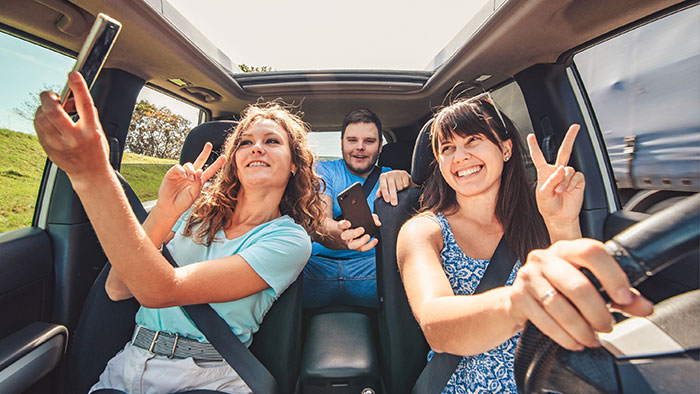
Teenagers often embark on new adventures and gain newfound independence when they start driving. However, the presence of friends in the car can introduce distractions that can compromise the safety of teen drivers.
Here are some of the ways in which friends can cause distractions to teen drivers.
Peer pressure and risky behavior
Friends may encourage the driver to engage in activities that divert attention from the road, such as using mobile devices, playing loud music or engaging in lively conversations. The desire to impress or fit in with peers can override the focus and attention necessary for safe driving.
Excessive noise and distractions
Loud conversations, laughter and multiple conversations happening simultaneously can divert the driver’s attention away from the road. This can impair the driver’s ability to hear important traffic signals, sirens or other auditory cues that require immediate attention.
Loss of focus and concentration
Teen drivers may become preoccupied with social interactions by taking their eyes off the road or becoming mentally distracted. This reduced attention to driving can increase the risk of accidents and make it difficult for the driver to respond effectively to changing road conditions.
Distracted driving behaviors
Friends in the car can contribute to distracted driving behaviors among teen drivers. These behaviors may include texting or talking on the phone while driving, taking selfies or recording videos or engaging in other activities that require the use of electronic devices.
Foster a supportive environment
Encouraging open conversations about the potential dangers of distractions and peer pressure can help raise awareness among teen drivers. Parents and guardians should set clear expectations and guidelines for safe driving practices, including limitations on the number of passengers allowed in the car.
Encourage your teens’ friends to actively support safe driving habits and discourage distracting behaviors.
By helping your teen drivers promote responsible and focused driving within their social circles, you can help them make safe choices and reduce the potential dangers associated with friends in the car.
